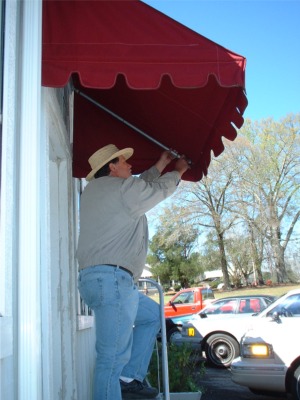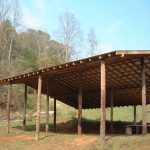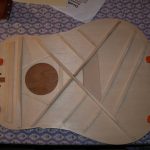An awning, which is also called an overhang, is a very important outdoor fixture that offers shade and protection from the warm rays of the sun. It is also used so that children and pets can play outdoors even when the sun is too high. Modern designs now include wind sensors, steel support structures and urethane compression joints. Because of the complex materials involved, fixing damages can be quite expensive. To avoid spending too much, it is good to learn how to repair an awning.
Materials Needed
This moderately challenging task requires a number of materials, which include a screwdriver, rust inhibiting paint and a wire brush. Additionally, you must also have scissors, the same paint color as the frame of the awning and water-repellent outdoor glue. When these items are available, you can start with this task right away.
Steps
Check the frame of the awning for possible corrosion and rust. Get the wire brush and then use it to clean these impurities. After brushing them off, coat the affected areas with rust-inhibiting primer. This can prevent corrosion and rust from developing once again. Once these problems are fixed, go back to the frame and check for more problems. Look for loose fasteners and screws. In case you find some, tighten them up right away.
After washing the canvas thoroughly, use water repellent spray on it especially in the areas with leaks. In case of a rip or tear, try to buy the same kind of material as the awning itself. Measure the length of the tear. Make a patch that is approximately an inch larger than the tear. Put water-repellent outdoor glue at the back of the patch and then press it firmly right on top of the tear. Check for leaks until each one is repaired. This will allow you to enjoy the full functionality of this fixture.
Additional Tips and Other Helpful Information
For an awning that is used with recreational vehicles, it will last longer if one end is placed lower than the other end. This will prevent rain and moisture from accumulating on top. When repairing a tear, never forget to clean the surface first before putting the patch with glue. In case of emergencies, you can use duct tape temporarily to hold off water.
To protect an awning from any kind of damage, regular maintenance is necessary. Try to clean up the buildup of materials on top of it. Do this regularly to prevent discoloration. Likewise, this can also help maintain its beautiful appearance and avoid other possible problems in the future.



